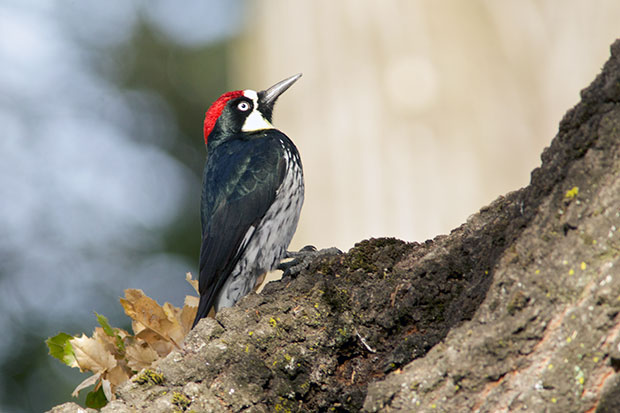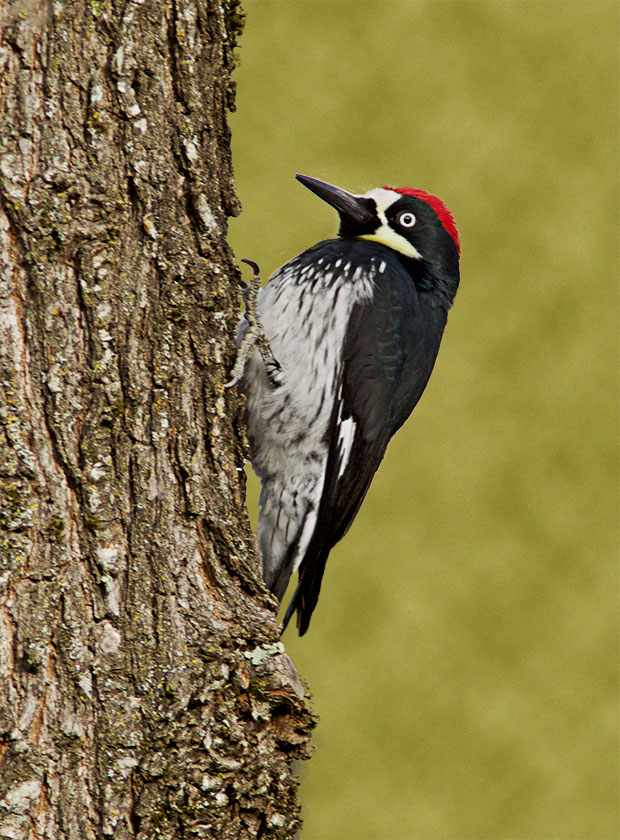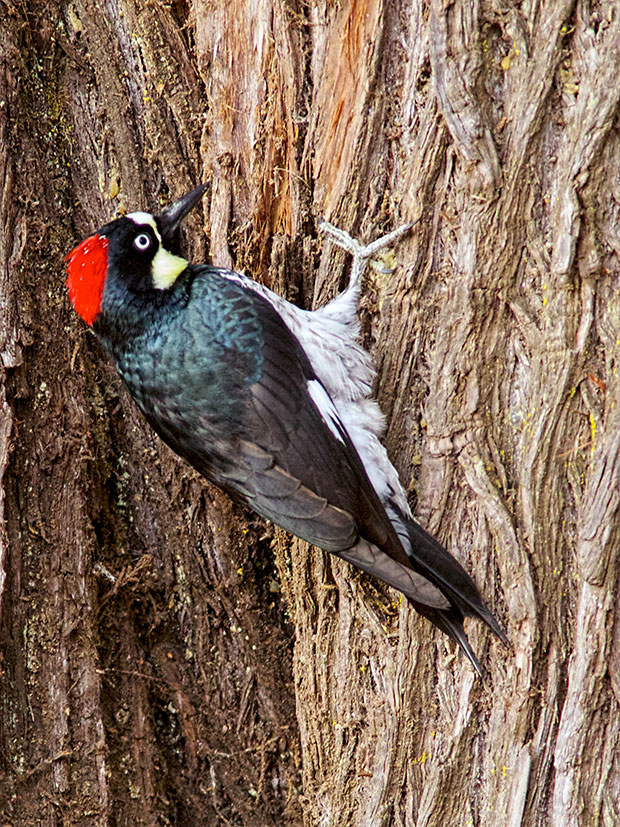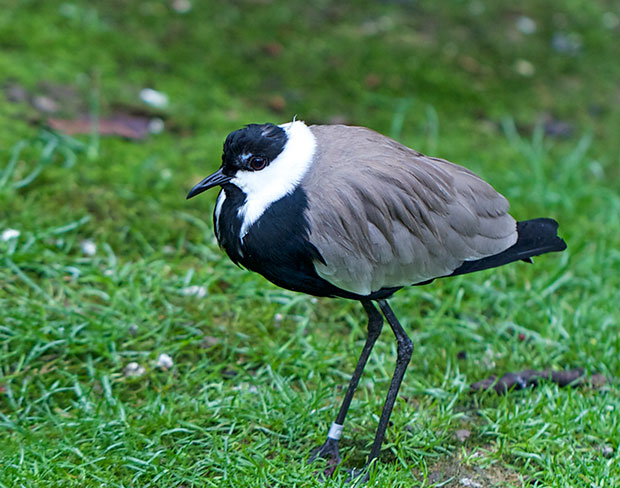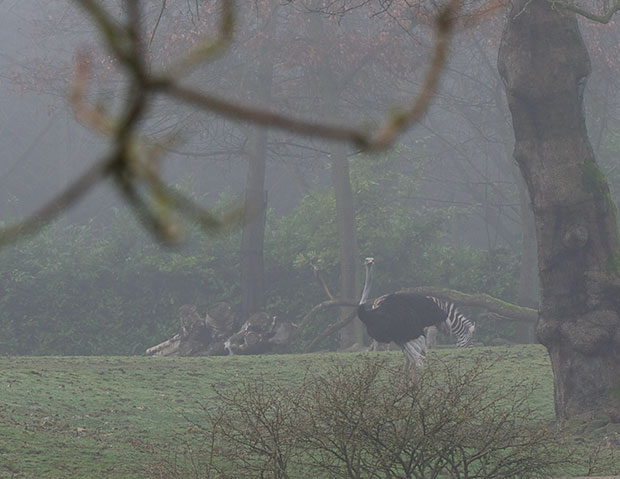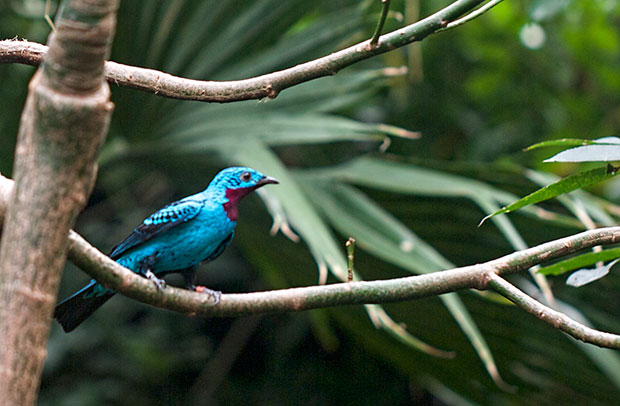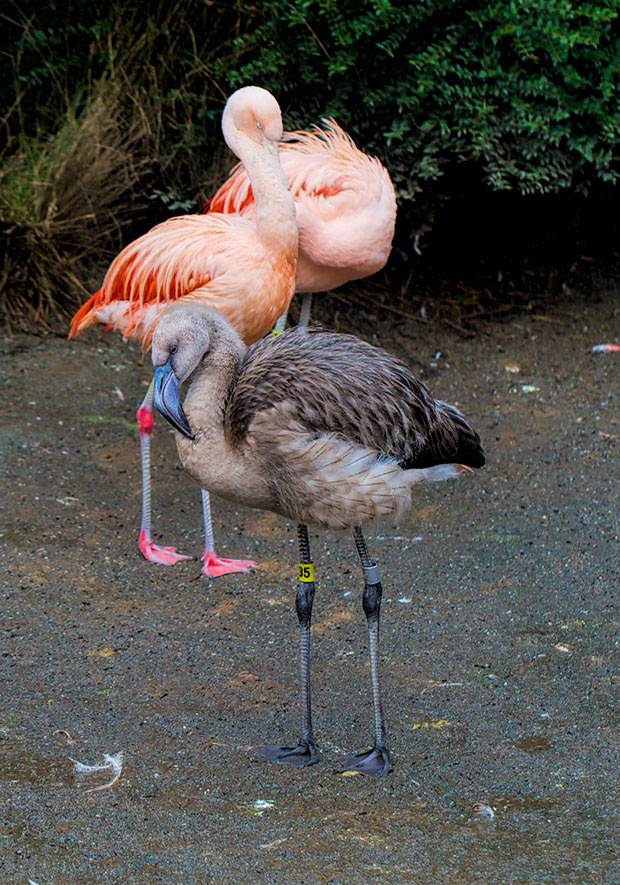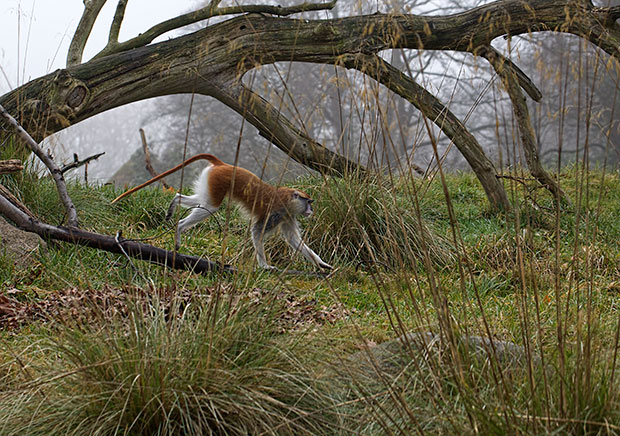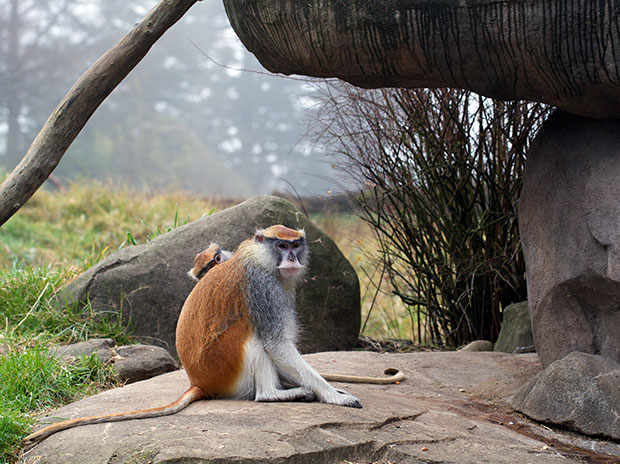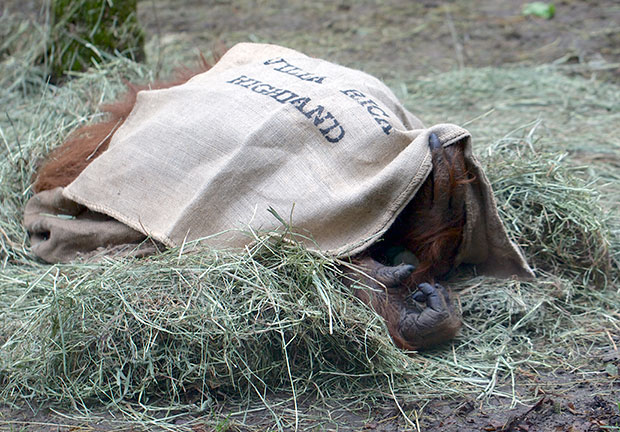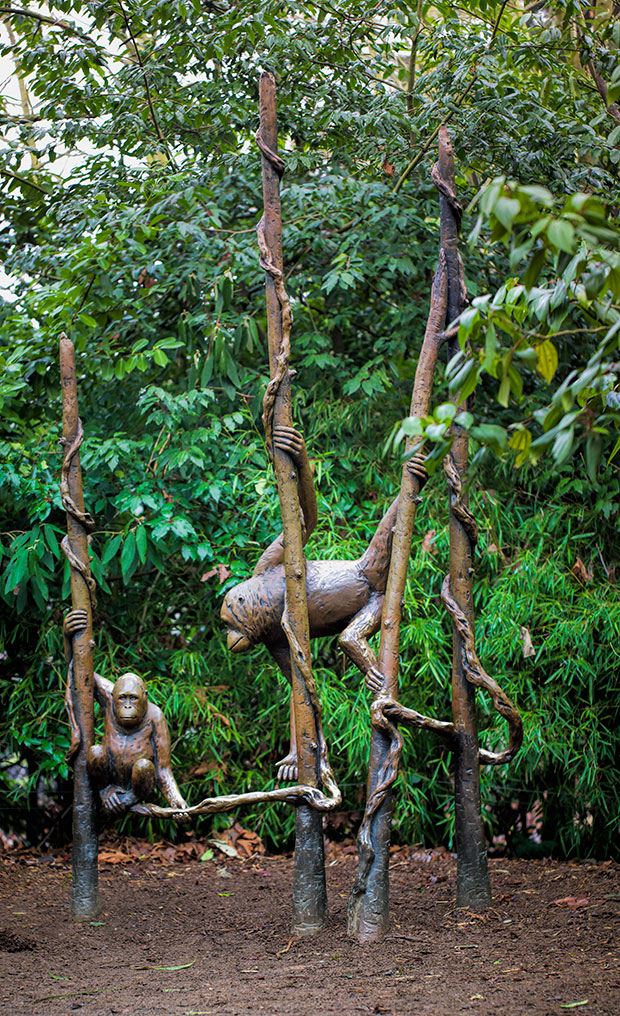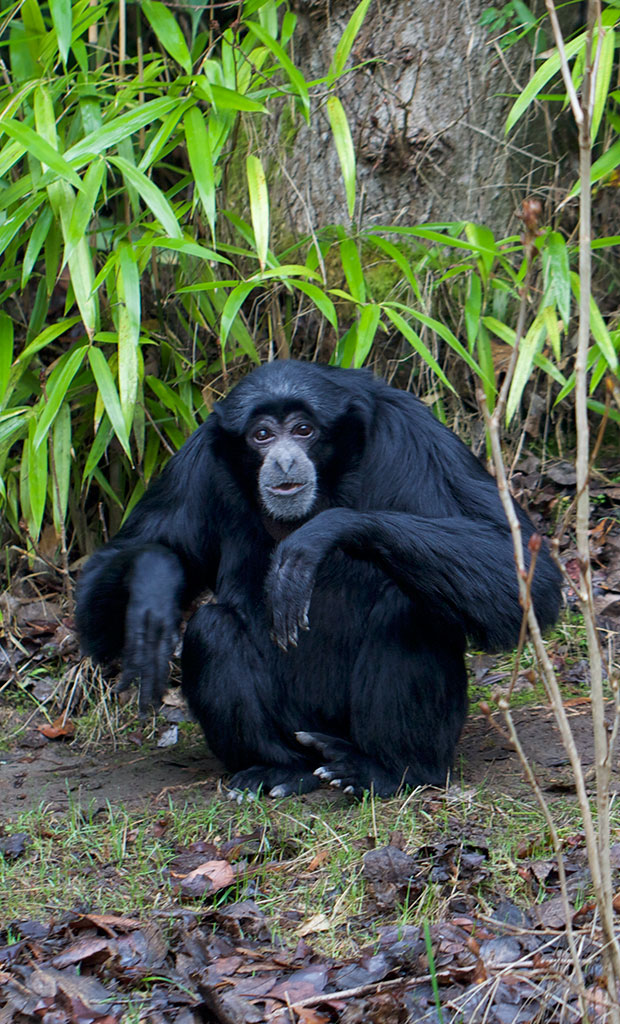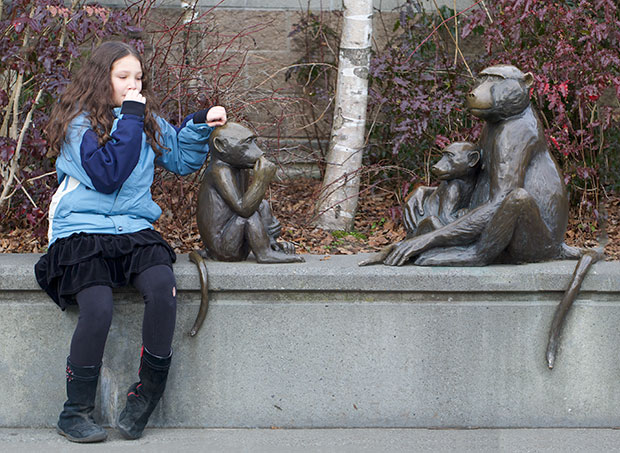A few nights ago while watching The Sapphires, a movie Rotten Tomatoes describes as “predictable and sentimental” with “an irresistible feel-good vibe, winning music and charming performances to spare” I had, perhaps for the first time in my life, one of those moments commonly described as a “flashback.”
When I first came back from Vietnam I stereotypically ducked, or at least flinched, when confronted by a loud noise and had moments when I became enraged over events that would have little or no effect years later. I avoided, and still tend to avoid, violent movies, particularly those depicting Vietnam. I avoided increasingly popular American-Vietnamese restaurants not wanting to be exposed to refugees speaking Vietnamese.
I thought I had long ago come to terms with those experiences. After all, that was nearly fifty years ago. Recently I’ve even seen movies about the war and, perhaps with the exception of Apocalypse Now, they don’t particularly bother me any more. I can go comfortably go to a Vietnamese restaurant, and might go even more if I didn’t prefer Thai cuisine. I’ve almost reconciled myself to the sound of Coast Guard helicopters flying overhead at night, though that’s still a tough sell. In other words, I’d convinced myself that all those feelings are finally gone.
Perhaps that it was precisely why it was so disturbing when I reacted strongly to a scene in this movie. Thinking back, the moment when I freaked was probably set up by an earlier scene when I heard a garbled radio transmission. There were few things scarier in Vietnam than poor radio communication, particularly jammed radio transmissions, when bullets are flying all around you and it’s hard to tell allies from enemies in the darkness of night. If your radios were jammed, you knew you were on your own, no matter what happened.
The scene that really disturbed me, though, was one as The Sapphires were just about to go on stage and a single flare burst over their heads and began to drift slowly down. Thankfully I wasn’t in a theater when I said out loud “Duck”!! Or perhaps it was “Fuck.” In retrospect, either would have served. My body knew instantly what was about to follow; it was all I could do not to drop to the floor.
An enemy flare was a sure sign of an attack; no one drops a flare on your position unless an attack is imminent — and mortar or artillery rounds are almost sure to follow. To make matters worse, there’s something particularly eerie about the light from a flare, knowing that the enemy out there in the dark can see you but your blinded by the bright lights.
The rush of adrenaline I felt when that flare went off knotted my stomach. I couldn’t sit still and had to walk to the kitchen, fiddle around, and walk through another room before I could return to the movie. Hours later I could still feel the adrenaline rush, nervous energy with nowhere to go. The adrenaline eventually went away, but days later I’m still amazed by how strong my reaction was.
We like to think we are in control of our emotions and reactions, that our brain is capable of deciding what’s dangerous and what’s not. At least I do. Incidents like this suggest otherwise. Some events in our life last forever, embedded somewhere in the gut, not in the brain. You feel them, not think them. They lie in the dark recesses of your body, like land mines waiting to be triggered by some passing incident — well beyond any rational control.

